Twentieth Century Society seeks to freeze redevelopment of grade II listed Surrey offices
Demolishing a grade II-listed office complex in Surrey to make way for new homes would set a “devastating precedent” undermining the protection afforded to the nation’s built heritage, modern architecture conservationists have warned.
The Twentieth Century Society said the Broadway Malyan-designed proposals to replace the former headquarters of frozen food giant Bird’s Eye with a 375-home development were underpinned by “spurious” arguments over the structural integrity of the existing building and the viability of conversion.
Plans drawn up for affordable housing provider A2Dominion and Crest Nicholson to demolish Walton Court, at Walton-on-Thames, were submitted to Elmbridge Borough Council earlier this year.
Broadway Malyan said the 1960s building – designed by Sir John Burnet, Tait and Partners – had a limited lifespan because its loadbearing superstructure used now-banned high alumina cement while its façade failed to meet modern standards.
The practice said demolition and replacement was the only financially viable option but that its proposals were a “worthy architectural replacement”.
The C20 Society said this week that it had decided to object to the proposals in the “strongest terms” possible and had launched a petition to support its arguments.
It said the building’s 1995 listing clearly recognised the groundbreaking structure’s courtyard design, striking “op art” facades and landscaping – which provided a tranquil, natural counterpart to bold and experimental design.
Conservation advisor Tess Pinto said the developers had fallen significantly short of meeting the “exceptional circumstances” test for the demolition of a grade II listed building.
She said the argument that high alumina cement was a major stumbling block to converting the building to residential use was undermined by a structural report that had given a clean bill of health to the building and identified a simple solution to provide additional support to the beams.
“There are many tens of thousands of such buildings which are safely occupied throughout the country,” she said.
Pinto added that the developers’ claim that conversion of the building to alternative uses was financially unviable would “make a mockery of the listing system” if generally applied to listed structures.
“They purchased the building relatively recently with full knowledge of its challenges,” she said.
“Demolition of a listed building cannot be granted simply because anticipated profit figures are lower than initially anticipated – nor because conversion would yield less profit than demolition.”
And she said claims that replacing the building’s cladding “fundamentally undermine” its authenticity were “spurious” because similar work was regularly undertaken on listed buildings of all periods and there was a well-established and uncontroversial precedent for doing it.
“The society is wholly unconvinced of the ‘benefit’ of bringing the site back into use through demolition not only for the above reasons, but because the proposals are for a housing development which we consider to be underwhelming in its architectural quality and which would be a major over development of the site in both scale and density,” she said.
“The society urges Elmbridge Borough Council to refuse planning consent. The alternative would result in the loss of an outstanding C20 building and set a devastating precedent.”
Elmbridge has yet to set a date to determine the Walton Court application but is targeting a decision by the end of June.









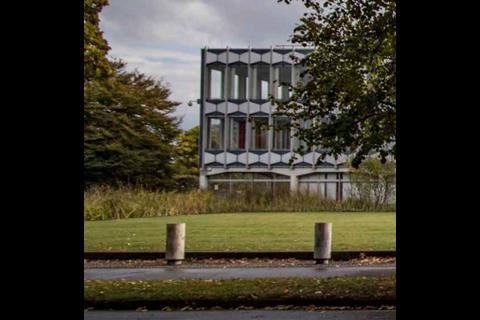



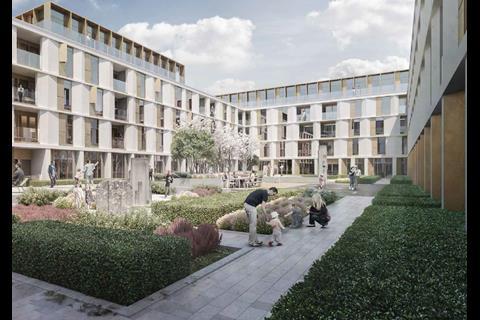
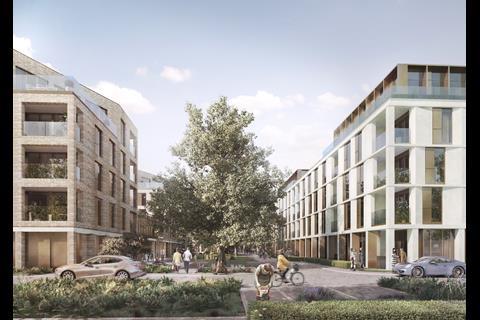


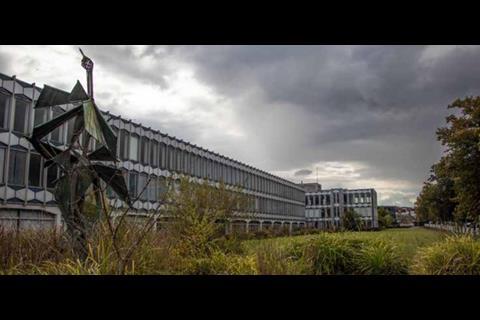
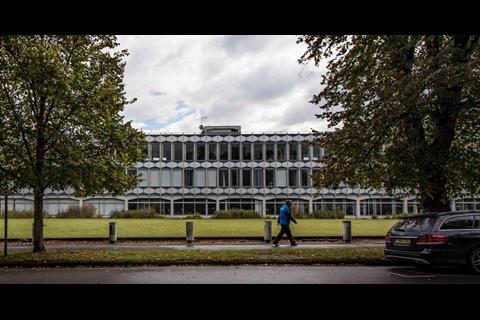
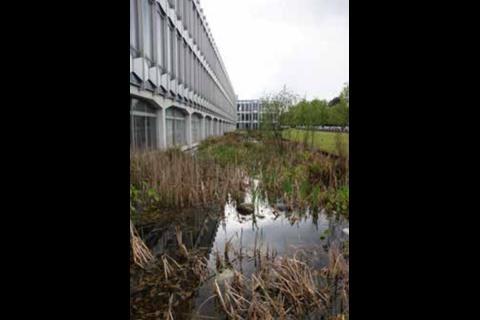





2 Readers' comments